First Impressions: Juliana’s new Maverick
Originally posted on July 2, 2019 at 3:01 amJuliana Maverick
$43oo-$8300 depending on build
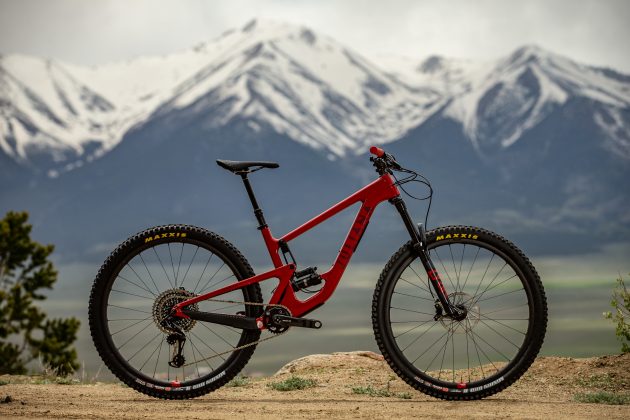 A few weeks ago, Dirt Rag had the opportunity to check out the new Maverick from Juliana on the trails of Buena Vista, Colorado (a post about the town and trails is coming soon). It had been a while since I rode out West, with those long, steep rock faces and off-camber trails with a lot of exposure. I was excited and nervous to check out this bike, and on a personal note I was exceptionally excited and nervous to be on an all-women press trip. A couple of months ago, I went to a Ninja Skills camp, and while it’s been rainy and hard to get out as much as I’d want to to make the most of my newfound skills, I’m happy I took the clinic because these bikes were way more capable than I am, and being able to better handle the bike and the terrain allowed me to really feel what this bike was capable of, even if I looked like a total dweeb doing it.
A few weeks ago, Dirt Rag had the opportunity to check out the new Maverick from Juliana on the trails of Buena Vista, Colorado (a post about the town and trails is coming soon). It had been a while since I rode out West, with those long, steep rock faces and off-camber trails with a lot of exposure. I was excited and nervous to check out this bike, and on a personal note I was exceptionally excited and nervous to be on an all-women press trip. A couple of months ago, I went to a Ninja Skills camp, and while it’s been rainy and hard to get out as much as I’d want to to make the most of my newfound skills, I’m happy I took the clinic because these bikes were way more capable than I am, and being able to better handle the bike and the terrain allowed me to really feel what this bike was capable of, even if I looked like a total dweeb doing it.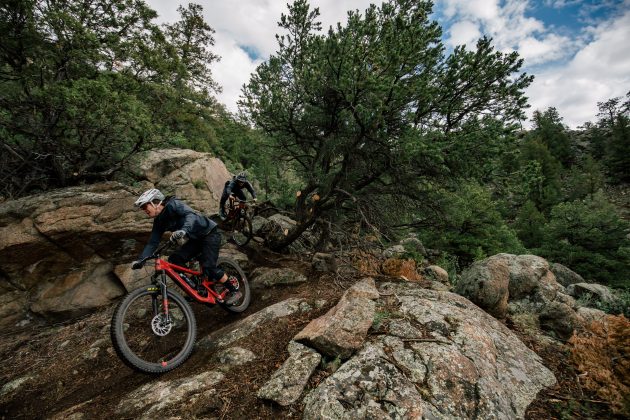
What was most impressive about this bike (and there was a lot I was impressed with) is how capable it was in both climbs and descents. With many bikes, it’s a choice to make ahead of purchasing — one that could require a good amount of soul searching and interrogation about what kind of rider you are, what kind you want to be, and how often you are actually going to get a chance to get outside your local trail network that might not be as extreme as you wish it was. We took the Maverick on some significant climbs up both fire roads and chunky singletrack, and the bike handled it all without having to open or close anything, so we could just focus on the ride itself. And isn’t that the point? The 29er wheels with Maxxis Minion DHR IIs allow this bike to climb super well and the geometry is well-designed so even for someone with a shorter stature, the wheelbase doesn’t feel like a boat. I had no problem riding this up a steep ascent on a single track, lifting my front wheel over a few rocks, then turning on an off-camber switchback. When the trail suddenly descended, I didn’t have to worry about switching anything over, and instead could break my attention up between the majesty of the natural world and the smooth and thrilling ride happening underneath me. 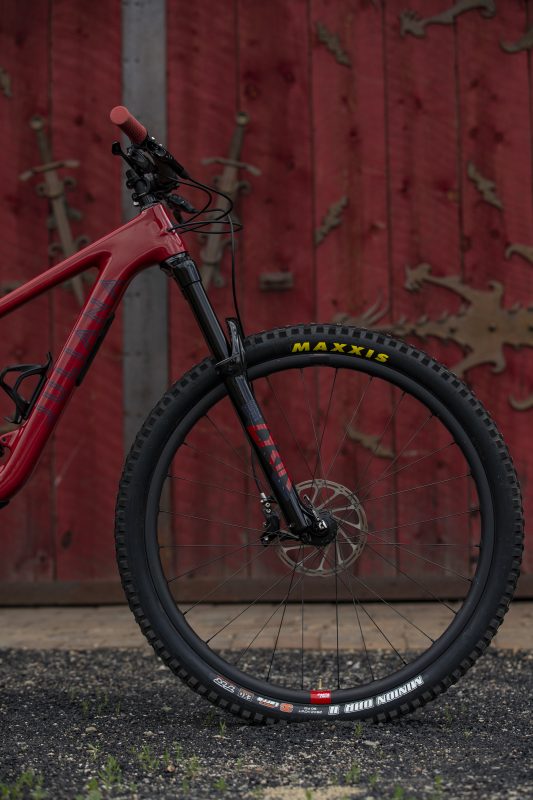
On the descents, the VPP suspension of the Fox shock (140 mm) and the RockShox Lyrik Ultimate fork (150 mm) soaked up both small, fast trail features like root cascades and chunder, as well as bigger rocks, hard drops and slower maneuvers with no problem. They are specially tuned for the Maverick’s geometry, with a lighter rider weight and specific riding style in mind, making the bike feel comfortable the whole time, even on a 5-hour ride, with no hand fatigue. Even after a few hours of riding, I didn’t feel squirmy. While I was generally tired, I didn’t have the same feeling of fatique I usually do, especially in my arms, hands and shoulders.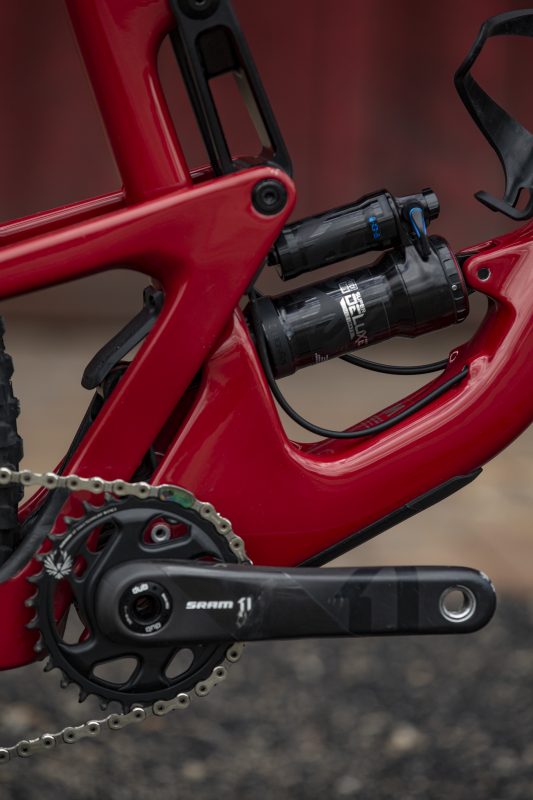
While riding those big rocks is scary, especially coming from a place where the rocks are covered in a wet slime, I appreciated the Juliana riders coaching me down some of the steepest rock faces I’d ever ridden. It showed me just what these bikes were capable of doing, and doing well. It’s one thing to see a pro ride a crazy-looking technical feature, but to ride it myself (even if it took a bunch of false starts) and feel just how little my body actually felt it was the greatest testament to how well this bike was designed and how great the geometry and suspension tuning was for the intended use.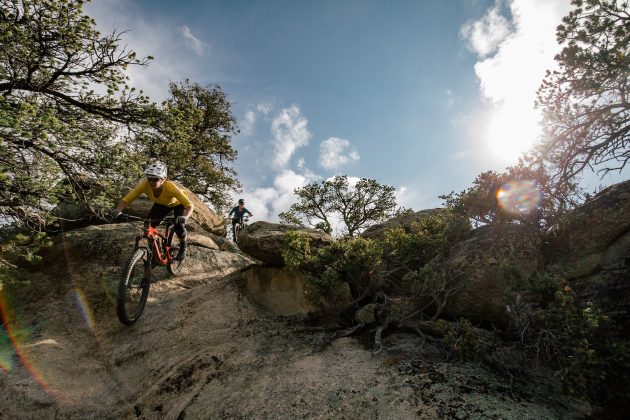
The Maverick is designed for lighter-weight riders who are riding trails that fit between cross-country and gravity. The flip-chip allows you to change the geometry of the bike with just an allen key to slacken the head tube and lower the bottom bracket, so you can ride this bike on the trail features in your local network that you typically avoid (like that one huge rock that isn’t really a trail feature but could be), and also take it with you on vacation to the bike parks out West you’ve always dreamed of visiting. And if you already live somewhere with intense gravity and enduro riding out your back door, this bike will suit you well. We were shuttled to the top, or halfway to the top, for our rides, and zoomed all the way back into town. There’s plenty you can read on their website about the DebonAir spring and Charger dampers in the Lyrik fork about why the bike is so fluttery and how they adjusted the geometry to accommodate lighter riders with different riding styles, but I can tell you from experience that this bike shreds.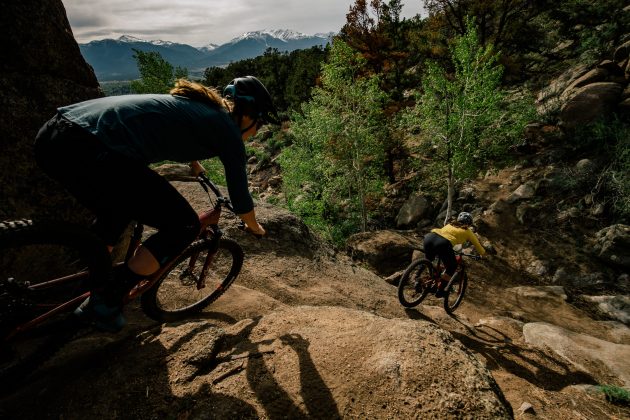
The Maverick didn’t feel heavy underneath me on the climbs, didn’t feel like it was taking over my ride on the descents, and didn’t feel like a big tub of pudding on the pavement. What it did feel like was a bike I could at once forget about when I needed to focus on the trail, and at the same time a bike I could remember was built to handle the terrain I was taking it on. I was very, very impressed with the Juliana Maverick. Just like Jack Nickelson in that one movie about the small dog who loves bacon, the Maverick made me want to be a better rider. In the meantime, it gave me the confidence to pretend that I was one.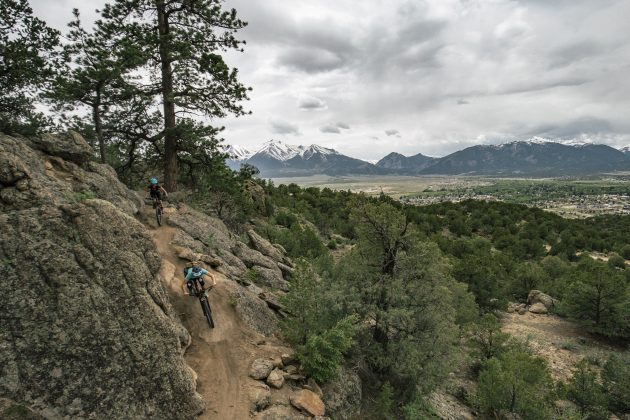
I wish I had more than just a few days to ride the Maverick, as it really opened my eyes to my own potential as a rider, even if I wasn’t close to meeting it. A bike that is great at descents isn’t as fun if you are exhausted at the top of the climb, and a bike that’s great at climbing can become terrifying on the way down. The Maverick, with its Fox Float performance DPS rear shock and RockShox Lyrik Ultimate fork, figured it out, and I had a ton of fun while I was along for the ride.